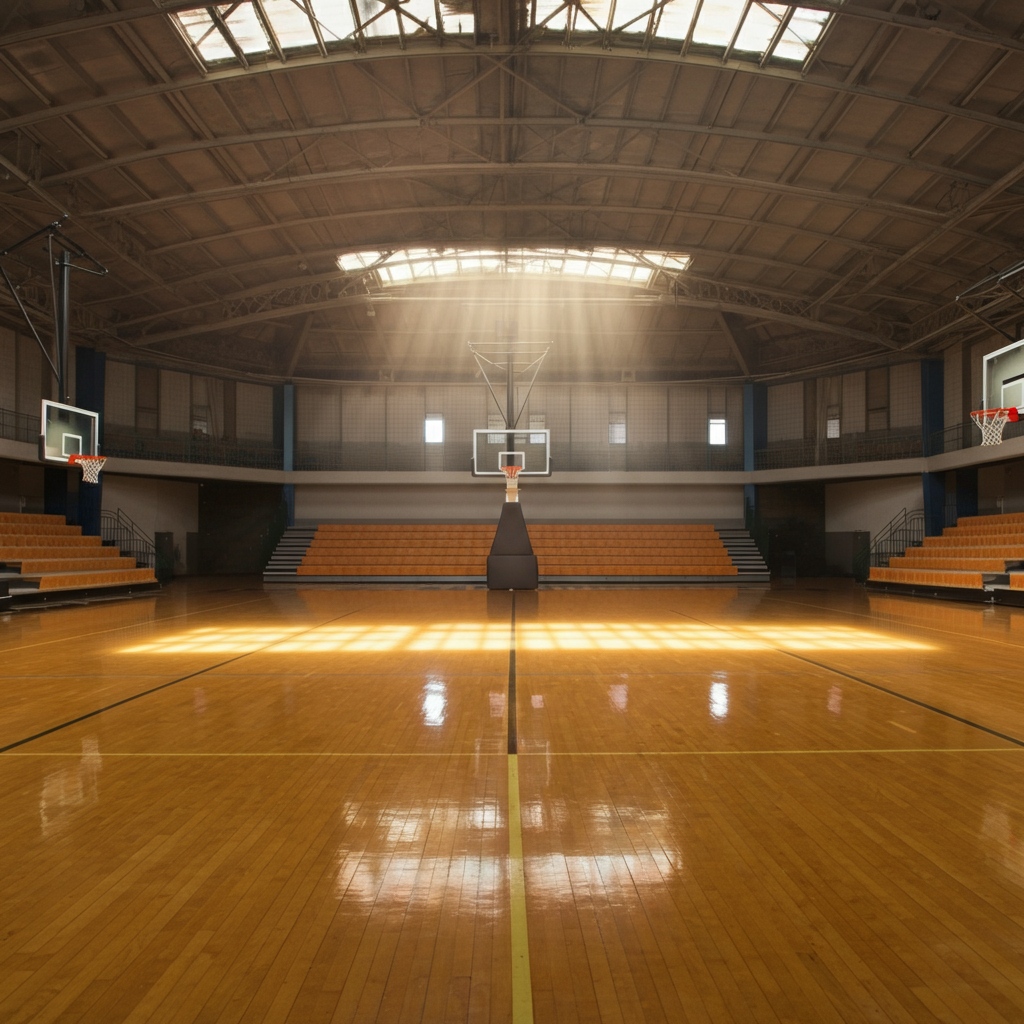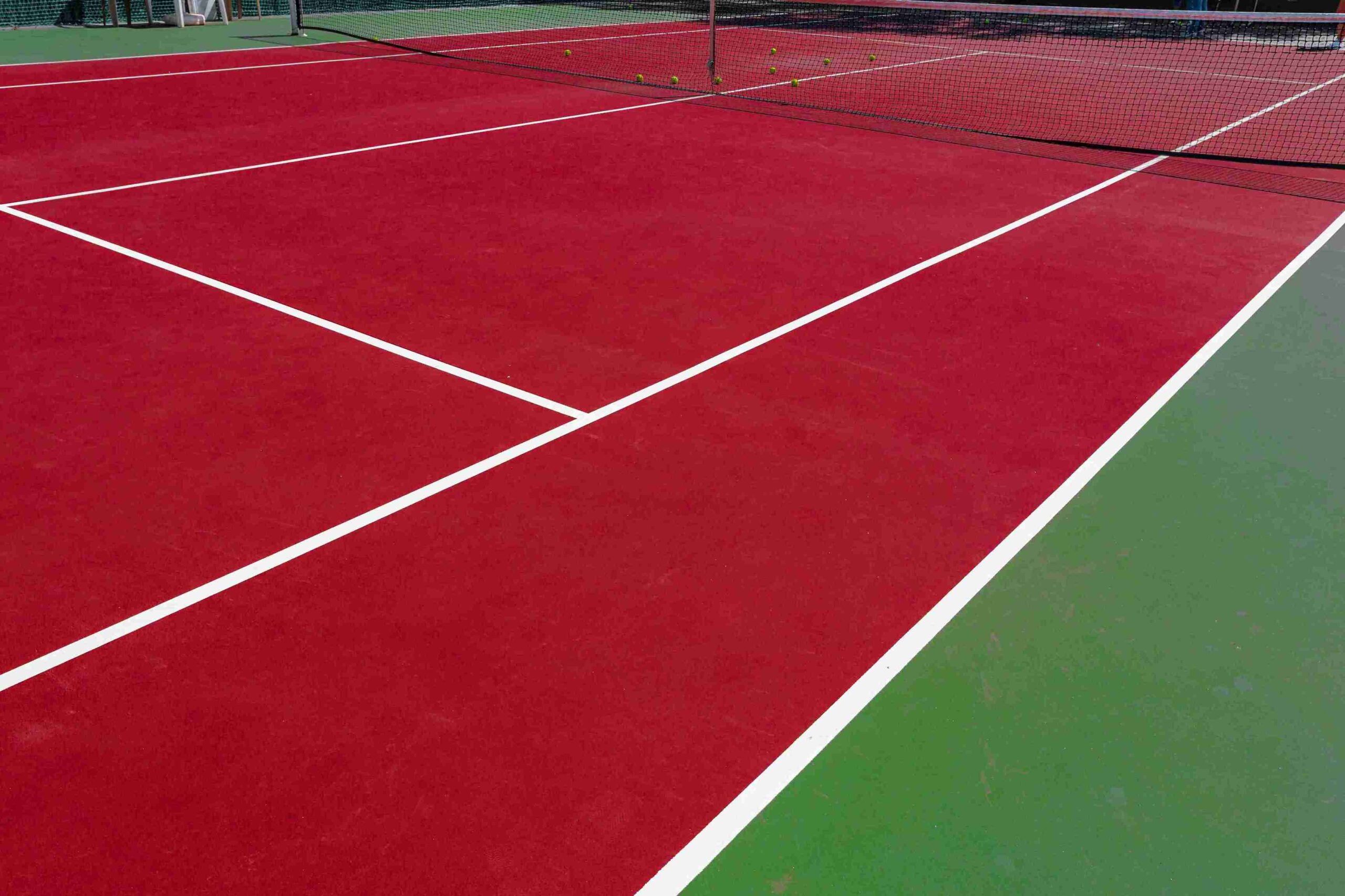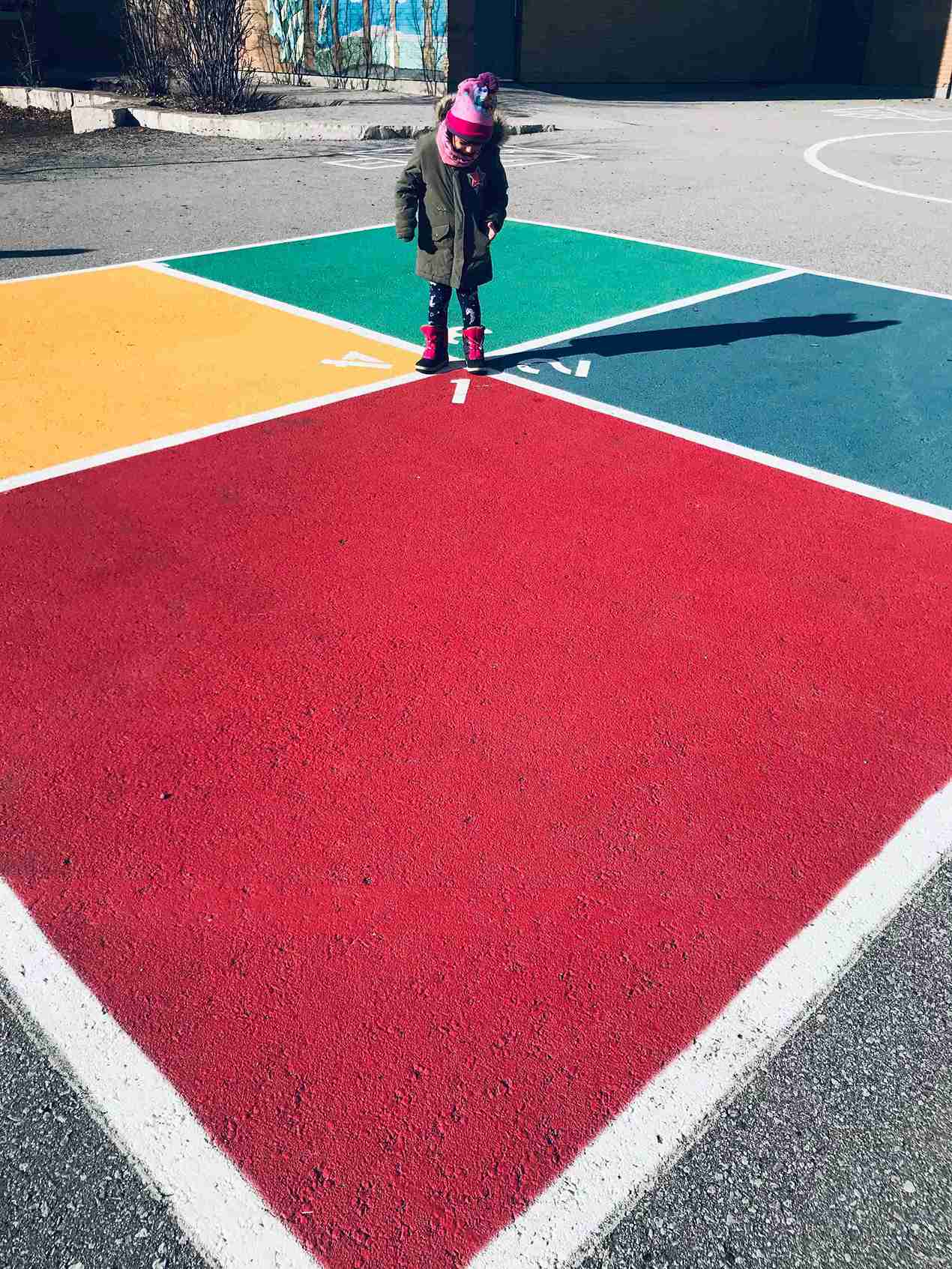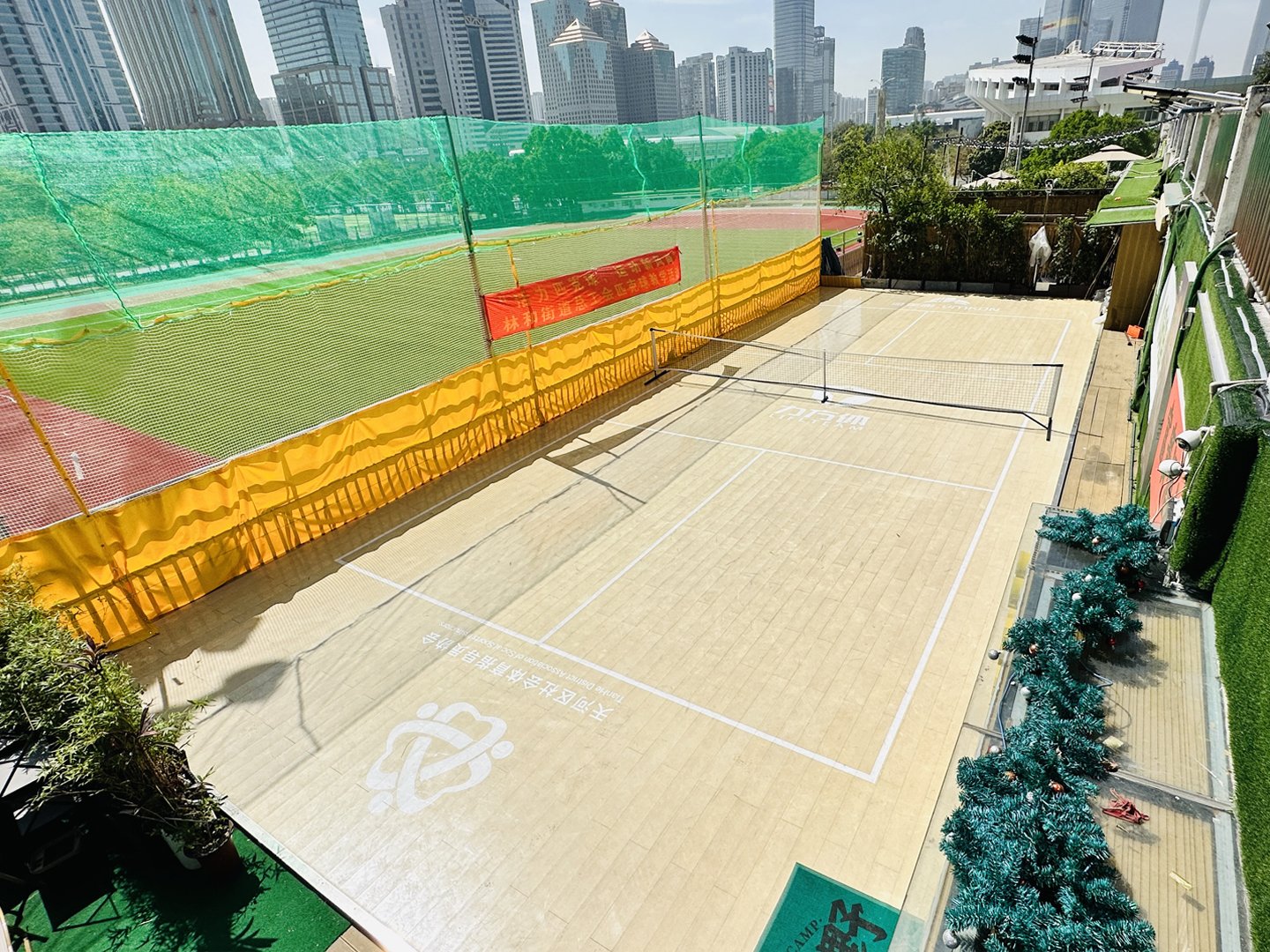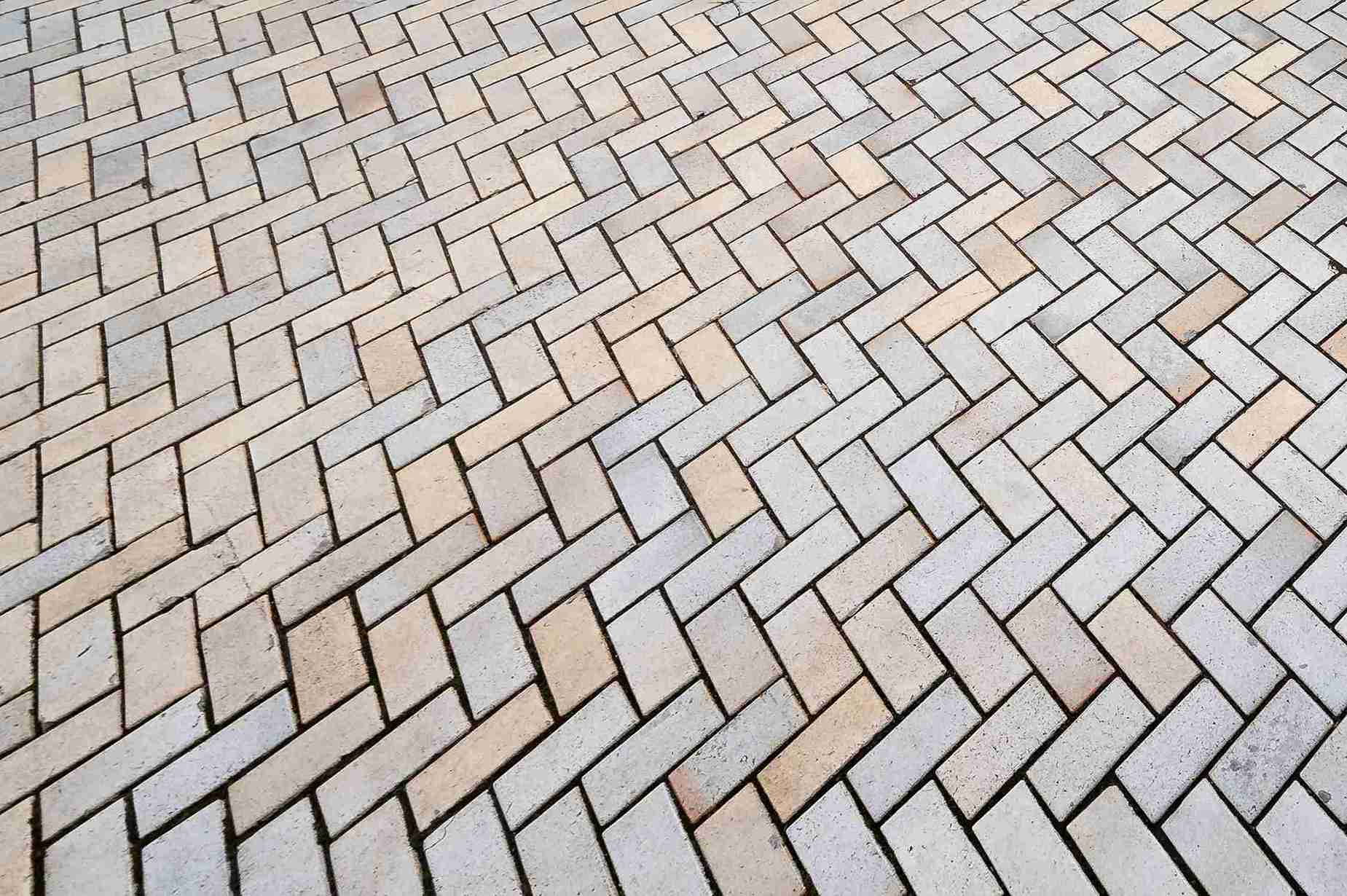Selecting the right flooring is one of the most critical decisions when designing or renovating a sports facility. The surface underfoot directly impacts athlete performance, safety, and the long-term viability of the venue. While numerous synthetic options exist, hardwood sports flooring remains the undisputed gold standard for gymnasiums and indoor courts. Its unique combination of resilience, shock absorption, and natural feel provides an unmatched surface for competitive play.
Hardwood has long been the preferred choice for professional basketball courts, university gymnasiums, and high-performance training centers. This preference is not merely based on tradition; it is rooted in the material’s inherent properties that enhance athletic performance while ensuring durability. This guide will explore the distinct advantages of hardwood, its contribution to athlete safety, and the factors that make it a cost-effective, long-term investment for any premier sports facility.
The Superiority of Hardwood Over Synthetic Alternatives
When choosing a surface for a sports court, decision-makers often weigh hardwood against synthetic options like rubber, PVC, or polyurethane. While synthetics may offer a lower initial cost, hardwood provides superior long-term value and performance.
The primary advantages of high-performance wood floors include:
- Exceptional Resilience and Shock Absorption: Hardwood floors, particularly when installed with a high-quality subfloor system, offer optimal shock absorption. This reduces the impact on athletes’ joints, minimizing the risk of stress-related injuries and decreasing fatigue during long games or training sessions.
- Consistent Ball Bounce: For sports like basketball, a uniform and predictable ball rebound is essential for fair play. Hardwood provides a consistently firm and even surface, ensuring the ball responds predictably across the entire court.
- Natural Feel and Footing: Athletes often prefer the natural grip and feel of wood underfoot. A properly finished athletic wood floor provides the ideal balance of slide and grip, allowing for controlled movements, pivots, and quick changes in direction without undue strain.
- Unmatched Durability: A common misconception is that hardwood is less durable than synthetic alternatives. However, high-quality gymnasium flooring is specifically engineered for high-impact use. With proper maintenance, a hardwood sports court can last for decades, outliving synthetic surfaces several times over.
In contrast, synthetic floors can degrade over time, leading to inconsistent performance and a higher risk of injury. They may also become overly sticky or slippery, compromising athlete safety.
Enhancing Athletic Performance and Safety
The quality of athletic performance flooring is directly linked to the health and success of athletes. Hardwood is engineered to create an optimal environment for peak performance. The floor’s ability to absorb shock while providing firm support allows athletes to jump higher, run faster, and play longer with reduced physical strain. This energy return is a key characteristic that sets durable gym floors apart from softer, less responsive surfaces.
From a safety perspective, hardwood offers significant advantages:
- Injury Prevention: The shock-absorbing properties of a well-designed hardwood flooring system can significantly reduce the incidence of common sports injuries, such as shin splints, stress fractures, and joint pain.
- Slip Resistance: Professional-grade finishes are applied to hardwood sports floors to achieve a specific coefficient of friction. This ensures athletes have adequate grip for explosive movements while still allowing for controlled slides, preventing slips and falls.
- Uniformity: Unlike modular synthetic tiles that can have seams or uneven spots, a hardwood court offers a seamless and uniform playing surface, eliminating tripping hazards.
The Science Behind Durable Hardwood Sports Floors
The durability of a hardwood sports floor is not accidental; it is the result of careful material selection, advanced engineering, and precise installation techniques. Several factors contribute to the longevity of these high-performance surfaces:
- Wood Species: Maple is the most commonly used wood for sports flooring due to its high density, strength, and light color, which provides excellent contrast for game lines. Its tight grain structure resists splintering and withstands heavy, repetitive impacts.
- Finishing Techniques: Modern gym floor finishes are designed to protect the wood from moisture, scuffs, and UV light. These polyurethane coatings create a durable protective layer that preserves the wood’s integrity and aesthetic appeal while providing the necessary slip resistance.
- Subfloor Construction: The subfloor is a critical component of any sports flooring system. Advanced subfloor designs incorporate resilient pads, sleepers, and plywood layers to enhance shock absorption, provide dimensional stability, and ensure a uniform playing surface.
An alternative to traditional solid wood is VmkonSport Biomass Macwood flooring. This innovative material offers the aesthetic and performance qualities of natural wood but with enhanced durability and sustainability features, providing another excellent option for modern sports facilities.
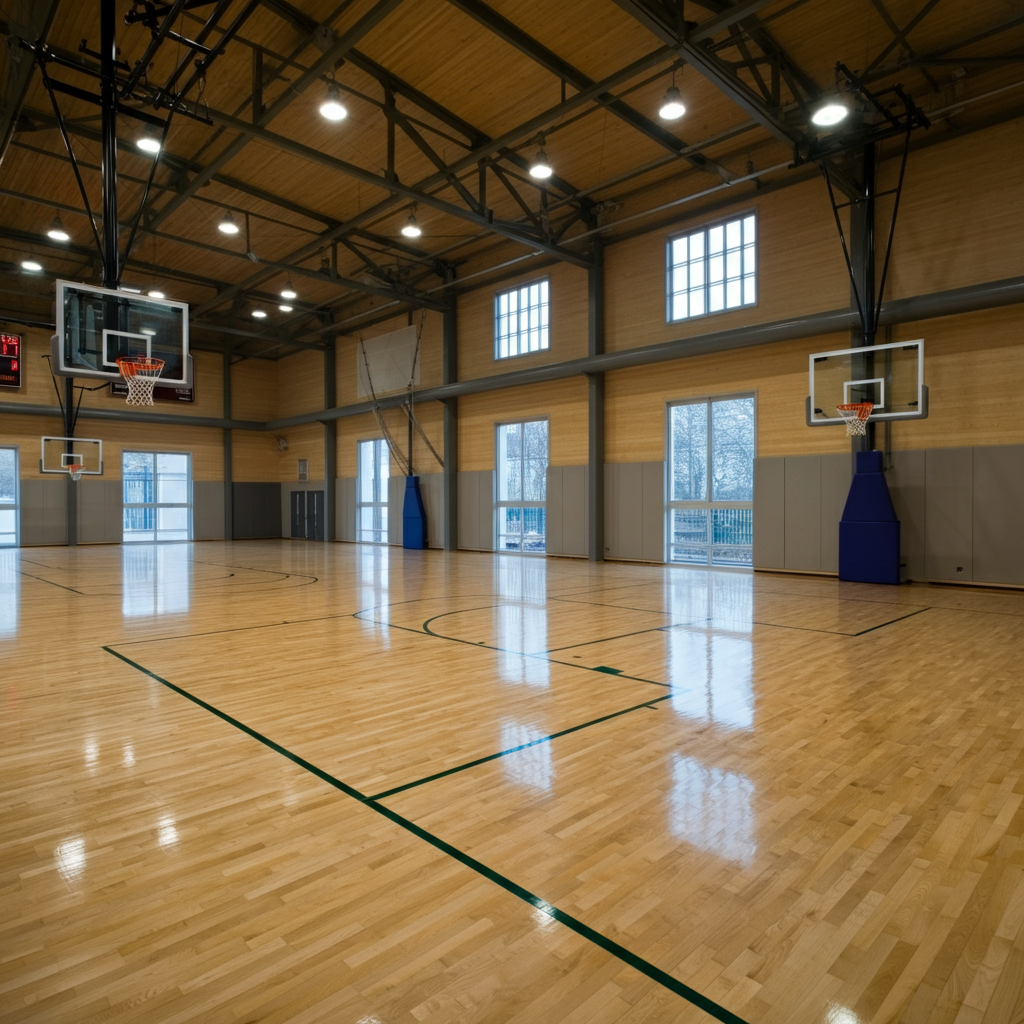

Real-World Success: Top-Tier Athletic Environments
The prevalence of hardwood in elite sports venues speaks for itself. The iconic courts of the NBA, the competitive arenas of NCAA basketball, and premier multi-sport facilities worldwide overwhelmingly choose hardwood. These organizations invest in high-performance wood floors because they understand the link between a quality playing surface and the success of their athletes. By providing a safe, consistent, and reliable surface, these facilities empower athletes to perform at their best.
Maintaining Your Investment
To maximize the lifespan and performance of hardwood sports flooring, a consistent maintenance routine is essential.
- Daily Cleaning: Dust mopping the floor daily removes abrasive dirt and grit that can scratch the finish.
- Regular Deep Cleaning: Use an auto-scrubber with a recommended cleaning solution to remove sweat and scuff marks. Avoid using excessive water, which can damage the wood.
- Annual Screening and Recoating: Once a year, the floor should be lightly abraded (screened) and a new coat of finish applied. This process restores the floor’s grip and protective layer without the need for a full sanding.
- Full Refinishing: Every 8-12 years, the floor should be sanded down to the bare wood, repainted with game lines, and sealed with multiple coats of finish. This restores the floor to a like-new condition.
Cost Considerations and Long-Term Value
While the initial installation cost of a hardwood sports flooring may be higher than some synthetic options, its long-term cost-effectiveness is superior. A well-maintained hardwood court can last for 50 years or more, whereas many synthetic floors need replacement every 10-15 years. When factoring in replacement costs, hardwood proves to be a more economical investment over the life of the facility.
Furthermore, a beautiful hardwood court enhances the aesthetic appeal and perceived value of a gymnasium. It creates a professional and inspiring environment that can attract events, athletes, and spectators, contributing to the facility’s overall revenue and reputation.
Innovations in Hardwood Sports Flooring Technology
The technology behind hardwood sports flooring is constantly evolving. Recent advancements include:
- Eco-Friendly Finishes: Low-VOC (Volatile Organic Compound) water-based finishes are now available, offering excellent durability with a reduced environmental impact.
- Advanced Subfloor Systems: New subfloor designs provide even better shock absorption and dimensional stability, further enhancing athlete safety and performance.
- Sustainable Materials: Many manufacturers now offer flooring sourced from sustainably managed forests, ensuring the longevity of both the court and the environment.
Make the Right Choice for Your Facility
Choosing the right flooring is a foundational decision for any sports facility. Hardwood sports flooring delivers an unparalleled combination of durability, safety, and performance that synthetic alternatives cannot match. Its proven longevity, coupled with its contribution to athletic excellence and aesthetic appeal, makes it the wisest investment for any organization committed to creating a top-tier athletic environment.
By prioritizing quality and performance, you provide your athletes with the best possible surface to train and compete on, ensuring your facility remains a premier destination for years to come.

